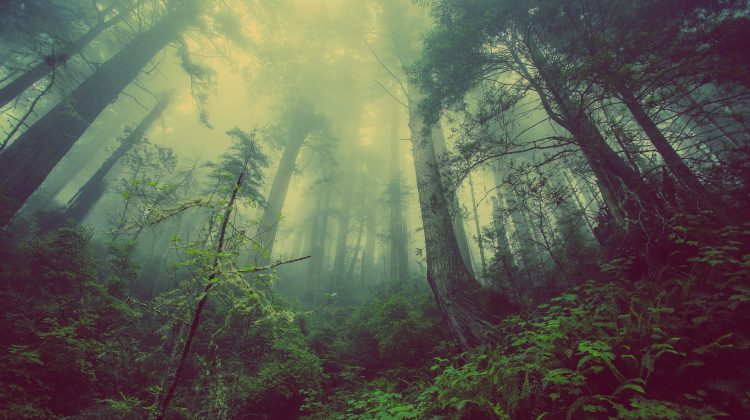It’s a good time to be a tree planter in Prince George and across the Central Interior.
That’s according to John Betts who is the Executive Director of the Western Forestry Contractors’ Association.
He estimates about 48 million more trees will need to be planted in 2020 to try and restore areas severely burned during the record-breaking wildfire seasons in 2017 and 2018.
“The reason it might be within a certain range is that there is the possibility of some more trees or less trees being ordered for the summer plants in 2020 as were looking at over 300 million seedlings and that is a substantial increase compared to what we were planting this year.”
“We’re going to try and be strategic in terms of imagining what the forest landscape needs to look like in five or ten years so that it can resist climate change as well.”
Betts adds more people will need to be hired as a result in order to get the extra seedlings into the ground.
“We’re going to need at least 500 to 1,000 new workers for next year and we’re busy trying to figure out ways to recruit and train those people in the industry because it’s not just for next spring.”
Jonathan Clark is a longtime employee at Folklore Contracting in Prince George who believes the increased numbers are accurate.
“A lot of these numbers can be predicted very well because the trees do need to be ordered a full year in advance, so the trees that are being planted in 2020, a lot of those are growing right now so that 318 million number is a pretty firm number and is pretty optimistic for our industry.”
Betts is of the opinion that with more trees being planted and more workers on-site, the planting seasons itself may need to be a little longer.
“We think the season might have to be extended by ten days if the weather allows us so it’s a long season. Prices last year went up substantially so there are a lot of good earnings and the other part of this story is that these government-funded programs look to be sustained over the next few years.”
“Embedded in the losses of these fires are also pre-existing plantations, there are plantations that we forested some years ago and we have to reforest them as well so we’re going to get a real mix. You’re going to have sites that previously had supported plantations and now need to be restored and we’re also going to have sites that are going to be wild and we’re going to have to take the best options among them.”
The wages for planters can vary based on the number of trees they put into the ground along with the type of terrain they’re on.
Clark states much like any other job, the more experience you gain, the more money you make.
“When you’re looking at planters going out and doing 11 or 12 hour days of actual work then you’re basically looking at a minimum wage of about 180 dollars a day, now of course, as they get faster throughout the season and before long they start exceeding that number, somebody who’s been planting for two to three seasons can make 300 to 400 per day, that’s not uncommon for tree planters so it’s pretty lucrative if you want to do it for a couple of summers.”
As for the type of conditions planters work in on a daily basis here in the north, it’s a lot easier to navigate than some other areas of BC.
“The North Central interior region around Prince George, out to Vanderhoof and down south to Quesnel, it’s fairly forgiving ground for the young tree planters as it’s easier to navigate than a few other parts of the province. No matter where you work the pay rate is all piece-rate compensation as it reflects on the difficulty of the terrain so you might see trees being planted as low a twelve cents a tree in easy ground or as high as 25 cents or more down on Vancouver Island or on the Coast and the good thing about that whole system is that for a first time tree planter, the central interior is a great place to work, it may be lower tree prices but it’s the best place to learn.”
Clark adds there are some misconceptions about what the work actually entails.
“A lot of first-time planters when they show up on a block they have a mental image that they are going into a farmer’s field and that’s definitely not the case. Some of our blocks are flat and you’re going to see some logging flash, some brush, and vegetation so it’s a little more rugged than people expect.”
Clark is the administrator of the Replant.ca website and a link can be found here.
Something going on in the Nechako Valley area you think people should know about?
Send us a news tip by emailing [email protected].





